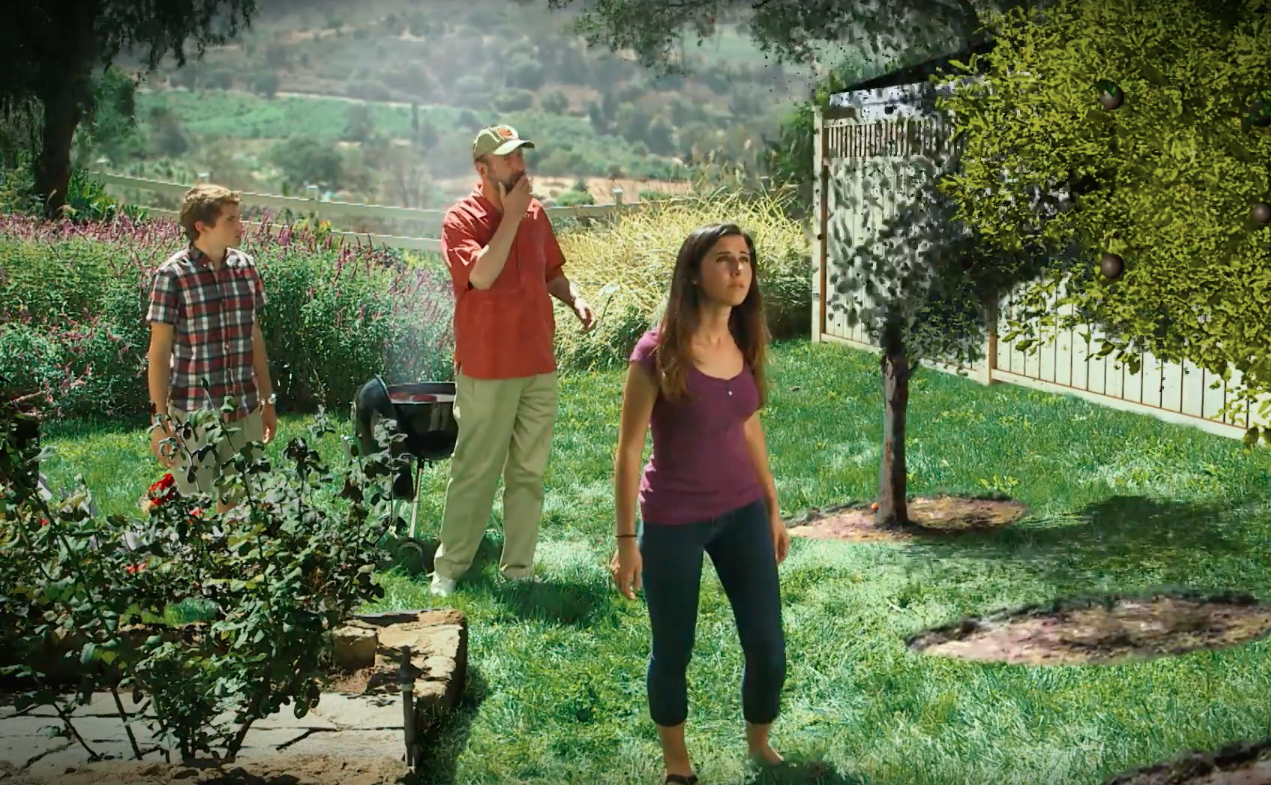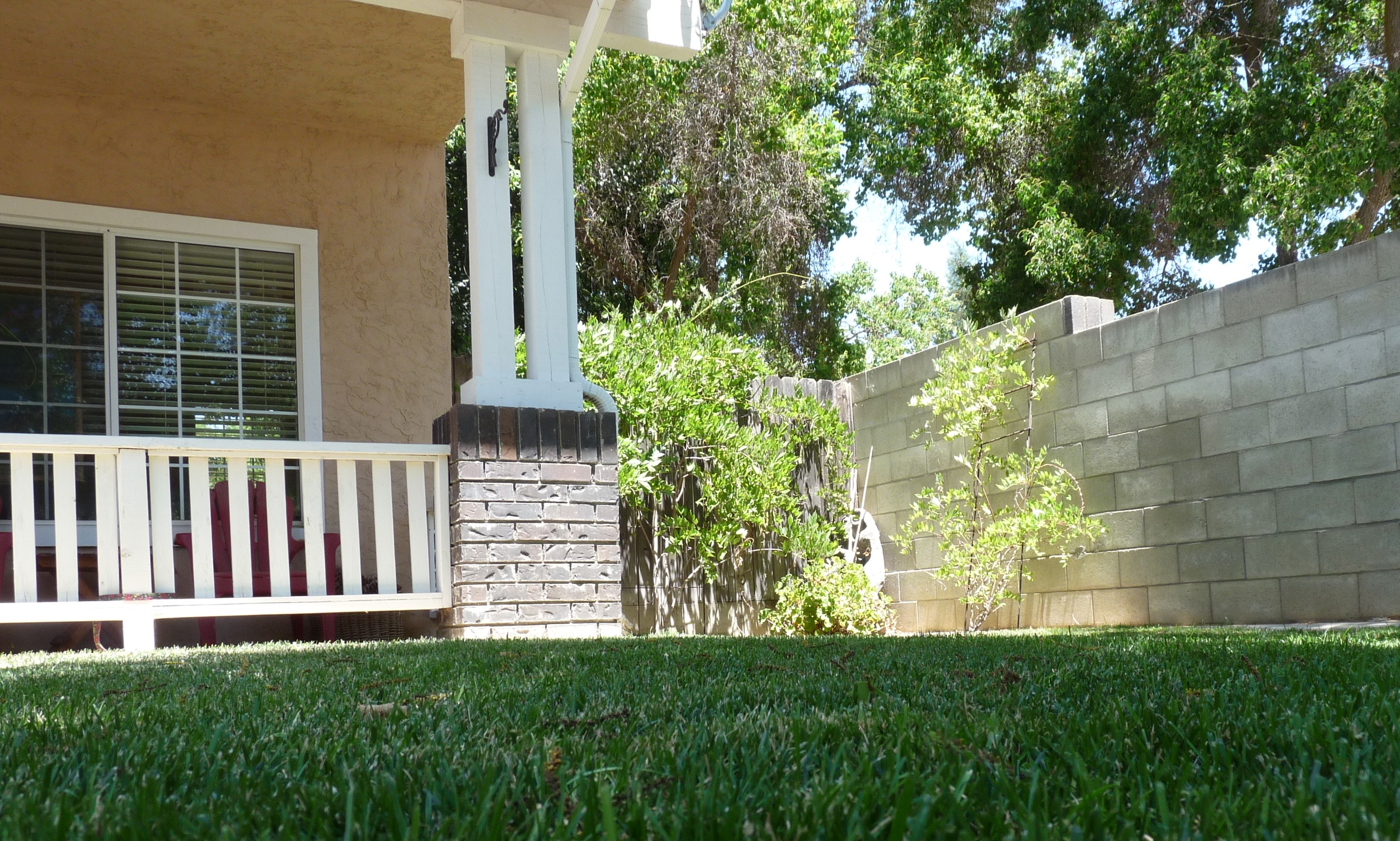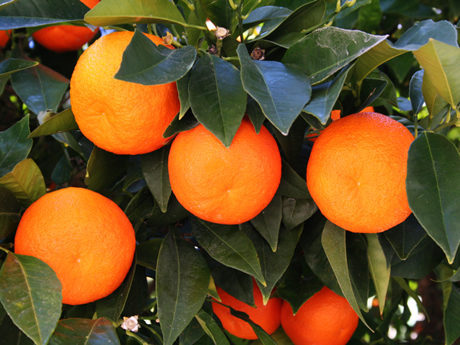The Fight Against the Asian Citrus Psyllid
California Citrus Mutual on the Fight Against the Asian Citrus Psyllid and HLB
By Laurie Greene, Editor
On Saturday, June 4, 2016, Patrick Cavanaugh, California Ag Today’s farm news director, hosted iHeart Media’s Ag Life Weekend show on “Power Talk 96.7 FM Fresno and 1400 AM Visalia stations, sitting in for broadcaster Rich Rodriguez. Cavanaugh’s invited guests included Alyssa Houtby, director of public affairs, and Chris Stambach, director of industry relations for the Exeter-based California Citrus Mutual, to discuss the status of the state’s citrus industry amidst the ACP and HLB Infestation.
The Asian Citrus Psyllid (ACP), certainly the number one pest for California citrus, can spread a bacterium known as Huanglongbing (HLB) that is fatal to citrus trees. As of 2016, 22 trees in the state have been infected with the fatal disease and had to be destroyed. The entire citrus industry of California has been and continues to be concerned that the ACP could take down the citrus industry, as it has in Florida.
Alyssa Houtby explained that the fight against ACP in California “is going well, we hope. The Florida citrus industry has been completely decimated by HLB; an estimated 90 percent of their acreage is infested with this disease.”
“Here in California,” Houtby continued, “we saw it crop up in residential citrus before we saw it in commercial citrus. All of the HLB finds, to date, have been in the Los Angeles Basin.” Houtby said they are working diligently to keep the psyllid population down to decrease the exposure of trees to HLB.
The California citrus industry spends approximately $15 million annually on an ACP assessment program, which includes extensive public outreach. Part of the research entails trapping the pest, conducting survey work in the regions in question, applying treatments in residential areas, and managing a delimitation survey around the area of Los Angeles where the disease has populated.
“That means that we’re scouting very consistently,” explained Houtby, “looking for other trees with the disease and pulling those trees out as soon as we find them. We are doing everything we can here in California to keep the pest and disease from spreading—now that we have it,” she noted.
“The California industry has always been one to use a proactive approach,” Houtby elaborated. “We saw what happened in Florida, and we realized really early on that we couldn’t stand by and wait for this disease to find us. We had to actively go look for it and find it—before it found commercial citrus—and we’ve done that.” Regarding the 22 trees in the state that have been destroyed thus far, Houtby said, “It could be a lot worse if we weren’t as proactive as we are.”
When locating a positive ACP find in a residential area, Houtby noted, generally speaking, homeowners have mostly been compliant. “There are pockets in this state where folks don’t like government coming in, knocking on their door and asking to spray their trees with pesticides. We understand that. It’s an opt-in/opt-out scenario here. We’re not forcing homeowners in most cases to treat their trees.”
“But that’s a different situation if HLB is present,” she emphasized. “Then we do. We get a warrant, and we go in and treat the surrounding trees. If we’re treating in response to an ACP find, homeowners can opt out, but overwhelmingly, they don’t. They support our program. They understand that citrus is a part of the California heritage, they like their citrus trees, and they want to keep them in their yards. They understand that the alternative to not treating is that tree will eventually die if it becomes infected. We’ve worked really hard to communicate to the general public about the seriousness of this issue. We’re pleased with the results.” Houtby said.
Chris Stambach discussed the importance of homeowners having a general understanding of the ACP, so if they find something unusual in their citrus tree, they know to call the local ag commissioner.
Stambach detailed ACP and HLB specifications to increase homeowners’ understanding about their beloved citrus trees. “HLB is symptomatic, but it takes a long time for those symptoms to show up in the tree,” said Stambach. “You really have to know what you’re looking for because some fertilizer deficiency issues in the tree will mimic what HLB looks like.”
“Though the ACP is a really tiny little bug, there are some key signs the public can look for,” explained Stambach. “You want to look for that psyllid and the little tubules it excretes on the new flush of growth—pretty much right there at the end of the terminals where all that new growth comes in the springtime and in the fall. That’s key to California, because there are only certain times of the year when that ACP is actively feeding on the citrus tree.”
California has a real benefit over the Sunshine State, where they have to spray 12 times a year to keep the psyllids at bay. “It hasn’t been effective for [Florida],” noted Stambach. “We had a couple of growers out this last winter to our Citrus Showcase. They planted new trees, 4 years old, and although they spray 12 times a year, their orchards are 100% infected with HLB. That’s the devastation that this insidious disease can bring. It’s really difficult to get your hands around it because it takes so long to be able to detect it.”
Another benefit for California citrus, according to Houtby, is, “We have a lot of areas in the state where we don’t have to spray at all because we can use beneficial insects. That’s just the great part about farming in California.”

Asian Citrus Psyllic Yellow Trap (Source: Citrus Pest & Disease Prevention Program)
Houtby and her team often look to Florida for ideas and recommendations on what has worked for them, what hasn’t and what citrus growers here can do to prevent the disease from taking hold of their citrus. She clarified that 90 percent of the Florida citrus market is used for juice production; whereas, California is a “fresh-oriented industry, meaning that over 90 percent of our product goes into the fresh market.”
Although California citrus looks for recommendations from Florida, “here in California, there are a lot of things that we can’t afford to do because of the [fresh] market that we’re serving,” said Houtby.” That is what we’re fighting so hard to maintain because we cannot sustain as long as Florida has; we don’t have the luxury of sending a bad-looking piece of fruit into the marketplace like Florida can, because they just juice it. Knowing that, we’re working really hard to never get to the point that Florida has reached.”
As if the dire situation in Florida couldn’t be any worse, they battled with “another deadly bacterial-based citrus disease, citrus canker, brought in from the far reaches of the world,” Stambach said. “That’s a concern we always have with importing citrus. When we import Argentine lemons, for example, we risk our domestic plant health by exposing orchards to a lot of plant diseases they have that we don’t. We want to keep those out of our country,” noted Stambach.
Abandoned citrus trees also pose problems for the industry; they can be sanctuaries for ACP. “If those trees are dead, that’s not a problem. They may look bad, but if they are not living, that’s not a problem. It’s when those trees aren’t cared for, aren’t sprayed in a normal routine, and there is a flush of new growth, the trees provide a sanctuary for the psyllids,” he said.
“And ACP are very good at finding citrus. They’ll target the perimeters of new growth on the very first citrus they find. Boom, they’re right on it,” he noted.
“Those abandoned groves create a real problem, particularly when they’re in close proximity to other commercial acreage or even homeowners,” he said. Neglected neighborhood citrus trees can become ACP sanctuaries. “ACPs will feed on them and move on to another tree, and feed there,” Stambach explained. “All that time, if an ACP is infected with the HLB bacteria, it will spread that disease, with a latency period of 2 to 5 years.”
Stambach and his team are working on a critical program in Southern California to remove abandoned citrus trees. “Sometimes it’s just getting a hold of the landowner and making them aware of the situation,” he said. “Our county ag commissioners are really key in contacting those people. We’ve had growers go in and spray their neighbor’s orchard to help them out. There are a lot of different ways to attack that problem.”
Compared to counties in the San Joaquin Valley, Riverside and Ventura Counties typically have a big-ag urban interface, which means there is a lot of acreage intermixed with home sites—small homes with citrus trees. Stambach said, “It’s not really commercial production, but it’s a significant amount of acreage with a number of trees that don’t get treated.”
“We’ve gotten some support from some of our partners in the chemical industry. Bayer CropScience has stepped up and worked with us to put together a program. We’re really happy. We’re working hard to take [ACP and HLB] out.” Stambach said.
“Fresno has even found ACPs in residential areas,” commented Houtby on the Central Valley situation. “ACPs are endemic in Southern California, but we’re still at a point in the Central Valley at which we can control these populations and knock them down really quickly when they arrive here.”
Houtby points to the Central Valley’s vulnerability when citrus plant material is moved over the grapevine or from the Central Coast. “We ask that homeowners, and the citrus industry as well, not move plant material out of Southern California into the Central Valley,” she stated. “The psyllid lives on that plant material and not on the fruit. If you’re going to buy a citrus tree, buy it at a local plant nursery or a local Home Depot or Lowe’s. Don’t buy it in Southern California and drive it to the Central San Joaquin Valley,” she urged.
“Our biggest task for homeowners is that they cooperate when the California Department of Food and Agriculture knocks on the door and wants to look at their trees,” Stambach said. “That is the best way you can help us win this battle against the ACP.”
Homeowners can learn how to protect their citrus trees at:
U.S. Department of Agriculture
California Department of Food and Agriculture
University of California Cooperative Extension
Contributors to this report include Patrick Cavanaugh and Emily McKay Johnson.




















